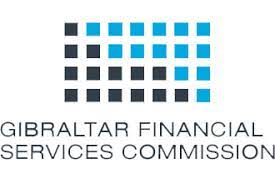Pros and cons of the moratorium procedure

Under the provisions of the Corporate Insolvency and Governance Act 2020, struggling companies can be placed into a new statutory insolvency procedure. But what are the pros and cons of the moratorium?
The moratorium provides up to 40 business days of protection from creditors. This should be ample time to secure additional investment and remodel the business.
Depending on your circumstances, a moratorium may be perfect for your company. But before entering into any insolvency procedure it’s essential that you first seek professional and independent advice.
If you decide to enter your company into a moratorium, you’ll need an insolvency practitioner (IP) to evaluate if the company can be rescued as a going concern.
However, your IP may recommend an alternative procedure. IPs can be prosecuted for mistakes they make before and during a moratorium, so few are keen to monitor the procedure.
Debts the company owed creditors before entering the moratorium do not have to be paid during the procedure. However, liabilities such as rent, wages and the IPs expenses must be paid,
Advertising the moratorium
Additionally, directors are legally obliged to advertise on the company’s website and business documents that a moratorium is in force. As a result, it’s likely that suppliers will stop offering their goods and services on credit.
In essence, the moratorium shields debtors from creditors who are forbidden from enforcing the collection of debts. During the procedure creditors cannot:
- Crystallise a floating charge
- Petition for the winding-up of the company
- Seek to place the company into administration or creditors’ voluntary liquidation (CVL)
While many companies will benefit from the protection offered by the moratorium, the cons will outweigh the pros for most as they’ll have only 2 options at the end of the process:
- Return to trading without any protection from the court
- Enter an statutory insolvency procedure such as Liquidation, Administration or a Company Voluntary Arrangement (CVA)
Sadly, some directors may end up entering their company into another insolvency procedure after concluding the moratorium did little but delay the inevitable.
Understanding the winding up petition: A crucial tool
In the world of insolvency, a winding up petition holds significant importance. When a company has received a statutory demand (SD) and fails to raise…
Read MoreUrgent Call to Action: Have You Invested in Beech Holdings (Manchester) Ltd?
If you or anyone you know has invested in Beech Holdings (Manchester) Ltd, it’s time to take action immediately and get in touch. The Situation…
Read MoreBankruptcy Annulment: A Fresh Start for Financial Recovery
Bankruptcy is often viewed as a last resort for individuals overwhelmed by debt, offering a path to financial relief but also leaving a significant mark…
Read MoreCastle Trust and Management Services Ltd- The Big Problem for the Gibraltar Financial Services Commission
The collapse of Castle Trust and Management Services Ltd (CTMS) has raised serious questions aboutthe role and effectiveness of the Gibraltar Financial Services Commission (GFSC)…
Read More



